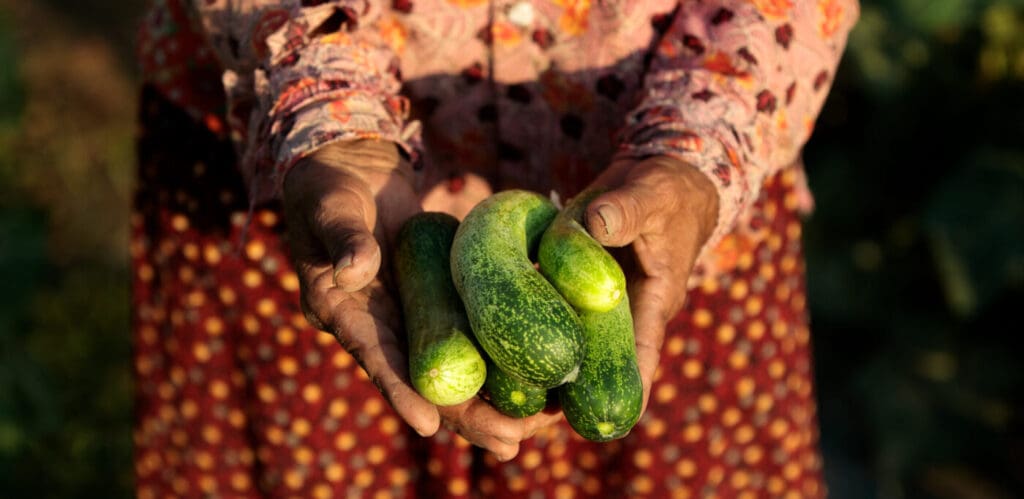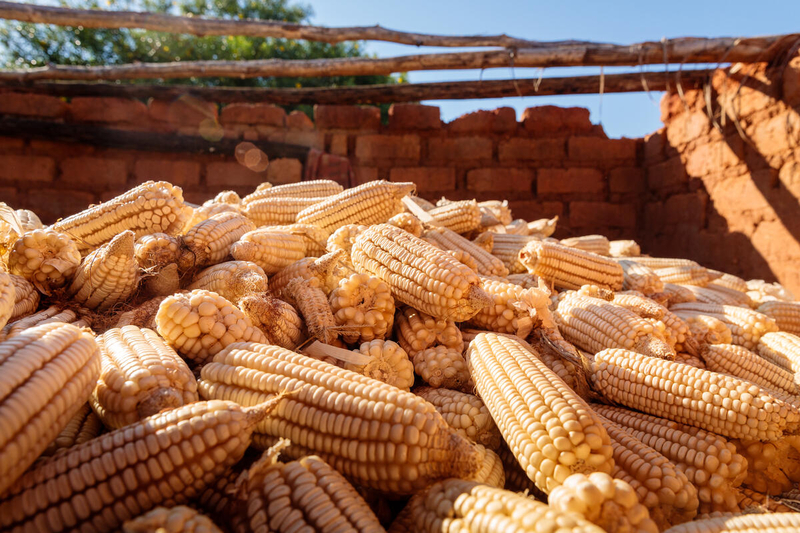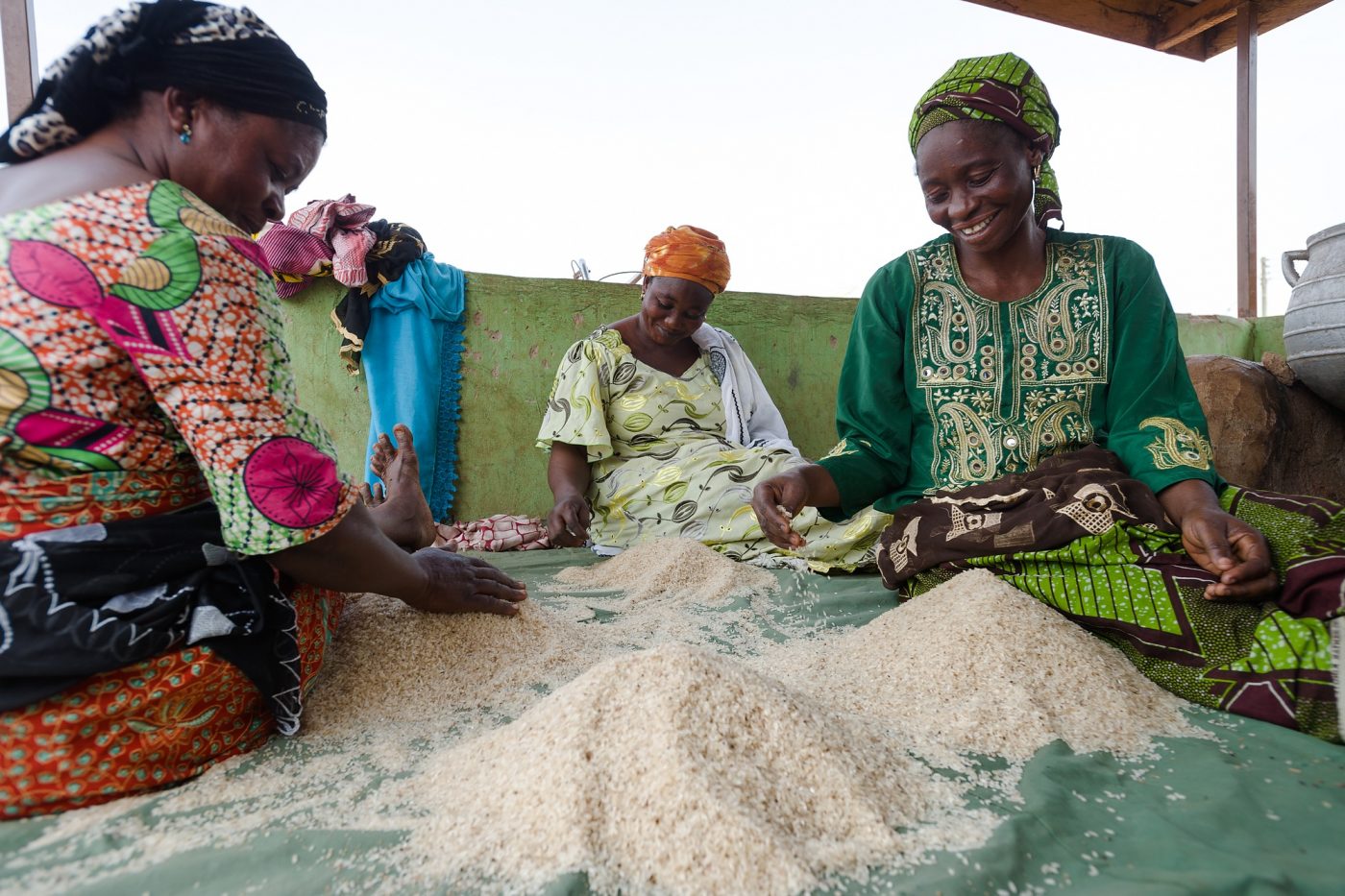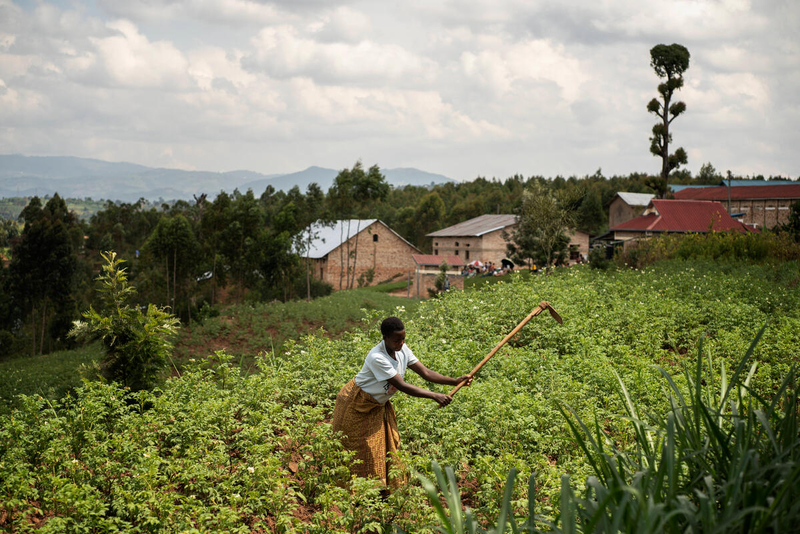8 Facts to Know About Food Waste and Hunger

Global hunger isn’t about a lack of food. Right now, the world produces enough food to nourish every man, woman and child on the planet.
But nearly one-third of all food produced each year is squandered or spoiled before it can be consumed.
For many Americans, this food waste happens in the kitchen — when we prepare food that is left uneaten or spoils in our fridges and cabinets.
For millions of people in low-income countries, this food waste happens at harvest time. Poor storage leads to pest infestations or mold that ruin crops before they can be eaten.
Along with chronic poverty, conflict and natural disasters, food waste is one of the root causes of hunger worldwide.
Here’s how food waste and global hunger are connected:
1) $1 Trillion Dollars’ Worth of Food Is Wasted Each Year
Approximately $1 trillion dollars’ worth of food is lost or wasted every year. This happens in the form of food loss – food that is damaged as it moves through the supply chain – and food waste – edible food that is thrown away by retailers or consumers.
According to the U.N. Food and Agriculture Organization (FAO), reversing this trend would preserve enough food to feed 2 billion people . That’s more than twice the number of undernourished people across the globe.
Related articles you might be interested in:
- How Food Waste and Climate Change Are Connected
- What’s the Difference Between Food Waste and Food Loss?
- Food Waste Turns Into School Meals
2) Food Waste Is One of the Largest Producers of Carbon
Food waste and food loss have a significant impact on global warming. When wasted food goes to the landfill, it rots and emits greenhouse gases that damage our environment. Each year, 3 billion tons of greenhouse gases are emitted because of food waste.
To put this into perspective, if wasted food were a country it would be the third largest producer of carbon dioxide in the world after the U.S. and China. Taking small steps to reduce food waste, like eating leftovers and only buying the food that you need, helps fight global hunger and climate change.

Approximately $1 trillion dollars’ worth of food is lost or wasted every year.
3) 30-40% of Food in the US Is Wasted
According to the USDA’s Economic Research Service, roughly 30 to 40 percent of the food in the United States is wasted. That amounts to more than 20 pounds of food per person wasted each month.
This happens:
- at the production and supply chain level, where food is damaged or spoiled
- at the retail level, where food can be thrown out due to physical blemishes or overbuying
- at the consumer level, when people buy more than they need and then throw out unused food
Communities around the world also suffer from food loss. WFP helps farmers retain more of their food by providing training and technology. You can help stop food loss and save lives from hunger.
4) Rich Countries Waste as Much Food as Sub-Saharan Africa Produces
According to the U.N. Environment Programme, industrialized countries in North America, Europe and Asia collectively waste 222 million tons of food each year. In contrast, countries in sub-Saharan Africa produce 230 million tons of food each year. That means sub-Saharan Africa’s food output is practically equal to the amount of food wasted by the world’s richest countries.

Sub-Saharan Africa’s food output is practically equal to the amount of food wasted by the world’s richest countries.
5) Our Food Systems are Exhausting Soil and Water
The amount of water used to produce food that ends up wasted could fill Lake Geneva three times. And of the world’s arable land, 28 percent produces food that ends up in a trash bin rather than a hungry stomach.
6) Cutting Global Food Waste Is a Top U.N. Goal
In 2015, the U.N. created the 2030 Agenda for Sustainable Development – a blueprint for peace and prosperity for the world. In it are 17 goals to reach by the year 2030.
Sustainable Development Goal #12 is to ensure sustainable consumption and production patterns, and that includes cutting food waste in half by 2030.

The U.N. World Food Programme provides farmers with training on post-harvest crop management.
7) The United Nations World Food Programme (WFP) Helps Reduce Food Loss
Post-harvest food losses often occur because of poor storage equipment.
The U.N. World Food Programme’s Zero Post-Harvest Losses project sells low-cost, locally produced grain silos to farmers and provides them with training on post-harvest crop management in five key areas: harvesting, drying, threshing, solarization and storage. Through these air-tight storage containers, we help farmers cut their post-harvest food losses from 40 percent to under 2 percent.
Donate now to help people suffering from food loss >
8) WFP Finds New Ways to Distribute Food
Another cause of food loss in developing countries is damage and decay during transportation. Inadequate infrastructure can cause delays in delivery, especially in remote areas that are hard to access.
The U.N. World Food Programme is tackling these issues by boosting access to local markets. This includes sourcing its school meals with locally grown crops, so food is fresh and there’s no need to import it from far away. We are also working with communities to build better roads and storage facilities and, in the Democratic Republic of Congo, providing cargo bikes to mostly female farmers to increase their access to markets. This creates more efficient food distribution, thereby decreasing the risk of food loss during transportation.
Today, 811 million people don’t know where their next meal is coming from while tons of perfectly edible food rots in landfills and poor storage containers. Reducing food waste and losses is key to ending global hunger, fighting climate change and fostering healthy food systems – and every person can be part of the solution.
You can save lives from hunger by helping stop food waste. Donate to support programs that help safeguard farmers from food loss and make their communities more resilient.




